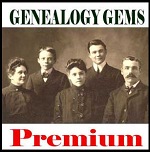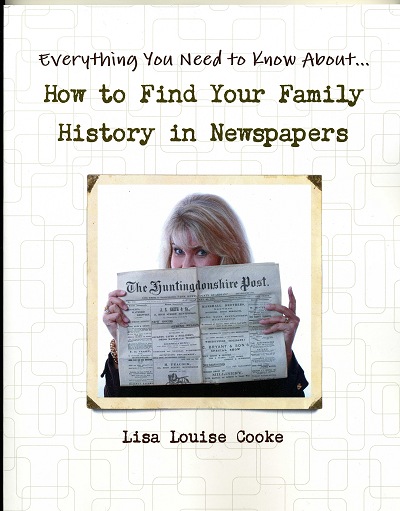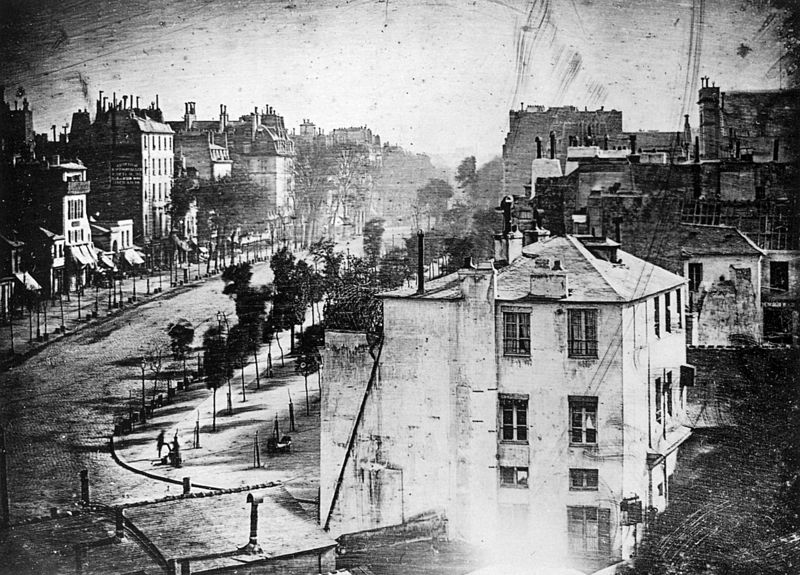by Lisa Cooke | Feb 15, 2013 | 01 What's New, Conferences, Who Do You Think You Are?
I’m busy packing my bags getting ready to make the trip from California to London for my third appearance at Who Do You Think You Are? Live in London.

Here I am in last year’s experts panel
I’ll be teaching some of my favorite classes (sorry, they are already sold out, but I look forward to seeing those of you who have tickets there):
- Friday 3/22 at 2:30 pm Ultimate Google Search Strategies
- Saturday 3/23 at 11:00 Turn Your iPad (and Tablet Too!) into a Family History Powerhouse
If you don’t get a chance to attend my classes don’t fret, because I have a free ebook for you called 5 Fabulous Google Search Strategies for the Family Historian that will jump-start your research. It’s available for free when you sign up for my free Genealogy Gems e-Newsletter.
One of the best parts about the event for me is meeting all of you! And this year that will be easier than ever. When I’m not teaching you can find me at the Family ChartMasters booth (#12)
There’s so much to look forward to at this years event. Whether you’re new to tracing your family tree or a seasoned researcher, it’s packed with genealogy experts, informative workshops, over 160 specialist exhibitors and celebrities from the UK television series to help you with your own family history search. Is it any wonder that Who To You Think You Are? Live made it on my 50 Family History Favorites list (which includes my top 5 conference picks!) Here the list in the brand new free Genealogy Gems Podcast Episode 151.
It is often said that “bigger is better” here in America, but in the case of family history conferences, the British have won the “super-sized” title. As an American genealogist, when I walk into the immense Olympia convention centre, I feel like a kid in a candy shop. Contained within those walls is more energy, more color (LOVE the hot pink carpeting!), more vendors and more genealogists than just about anywhere else. You certainly don’t have to have British roots to benefit from attending. This is my third year and I look forward to it as much as the first time.
So many of the Genealogy Gems Podcast’s 1 million downloads have been from the UK that it’s like “old home week” for me. Hope to see you there!
by Lisa Cooke | Mar 3, 2014 | 01 What's New, FamilySearch
 Did you know that the CEO of FamilySearch International doesn’t have a background in genealogy?
Did you know that the CEO of FamilySearch International doesn’t have a background in genealogy?
Dennis Brimhall is an experienced CEO–that’s why he was hired. But he admits that some folks even within his own organization weren’t sure about having him at the helm if family history wasn’t his personal passion.
Since then–only two years ago–FamilySearch has grown under Brimhall’s leadership. Dennis’ interest in family history has grown, too! Check out the interview in my Premium Podcast Episode 107, just published. You’ll hear how FamilySearch is reaching out to the 95%+ of the public who is not actively doing genealogy by focusing on the same things that caught Dennis’ interest: stories and photos.
In this episode we also explore a wonderful resource for Missouri genealogical research, and then we make tracks on some railroad history.
 Not a Premium member yet? You’re missing out! My website is packed with hours’ worth of Premium podcast episodes like this one as well as a full (and growing!) series of Premium videos. The videos are recordings of some of my most popular presentations, and they’re available to Premium members 24/7 from the comfort of their own computers at the fraction of the cost of attending any major conference! They cover many of my most-requested topics: Google searching, Google Earth, Evernote, using the iPad for genealogy, hard drive organization and more! Check out the full list of membership benefits here.
Not a Premium member yet? You’re missing out! My website is packed with hours’ worth of Premium podcast episodes like this one as well as a full (and growing!) series of Premium videos. The videos are recordings of some of my most popular presentations, and they’re available to Premium members 24/7 from the comfort of their own computers at the fraction of the cost of attending any major conference! They cover many of my most-requested topics: Google searching, Google Earth, Evernote, using the iPad for genealogy, hard drive organization and more! Check out the full list of membership benefits here.
by Lisa Cooke | Aug 24, 2012 |
Virtual Conference Special Package 
Package Includes:
How to Find Your Family History in Newspapers (paperback, retail $24.95)
and the digital PDF ebook of the book for FREE! (emailed to the address you provide within 24 hours of payment.)
U.S. Shipping & Handling for paperback book: $2.95
Please email us for assistance or if you have questions.
Hurry! Offer expires March 10, 2014
Save 20% off of a 1 year Genealogy Gems Premium Membership 
(Retail $29.95) Coupon Code: SAVE20
and for a limited time get the bonus ebook gift:
Lisa Louise Cooke’s 84 Best Tips, Tricks and Tools buy medication in spain from Family Tree Magazine
Click Here to become a Member
Membership Includes:
Exclusive over 100 Premium Podcast Episodes, and over a dozen videos of some of Lisa’s most popular classes including:
- Evernote for genealogy
- Genealogy on the Go with the iPad
- Get the Scoop on Your Ancestors with Newspapers
- Ultimate Google Search Strategies
- and more.
Click Here to become a Member
Sign up for the free Genealogy Gems email newsletter:
Enter your email in the box in the column on the right and receive the
free e-book: 5 Fabulous Google Search Strategies for the Family Historian by Lisa Louise Cooke
by Lisa Cooke | Feb 28, 2015 | 01 What's New, History, Memory Lane, Photographs
London. Paris. Athens. Berlin. Bombay. Rome. New York City. Copenhagen. Dublin. Edinburgh. Jerusalem. The oldest known photographs of these cities and more are featured in this post at Abroad in the Yard.

Boulevard du Temple, Paris, by Louis Daguerre, 1838. Wikimedia Commons image, Scanned from The Photography Book, Phaidon Press, London, 1997.
I love the details in these photos that are usually left to our imagination. An 1858 image of a Toronto thoroughfare was likely taken in at its best, since the photo was part of a (failed) bid to become Canada’s capital. And yet the streets are still muddy enough you wouldn’t want to step off that freshly-swept sidewalk, especially if you were in a long dress.
You can read the shop signs in these pictures. See signs of construction and destruction, an eternal presence in these metropolises. Count the number of levels in the tall tenements and other buildings that sheltered our ancestors’ daily lives without air conditioning, central heat or elevators.
Despite the busy city streets shown here, they don’t look busy. So much time had to elapse during the taking of the image that anyone moving wasn’t captured. Only a few loungers and the shoe-shine man (and his customer) appear in these photos of busy streets.
Although not shown in the blog post above, my favorite historical image of a city is the Cincinnati Panorama of 1848, the oldest known “comprehensive photo” of an American city. The resolution of this series of photos is so high, you can see details the photographers themselves couldn’t possibly have caught. The panorama can be explored at an interactive website, which offers “portals” to different parts of the city and city life when you click on them. Whether you had ancestors in this Ohio River town or not, this is a fascinating piece of history.
Looking for pictures of your ancestor’s hometown or daily life? There are some great search tips in Lisa’s newly-revised and updated 2nd edition of her popular book, The Genealogist’s Google Toolbox. Maybe you already use Google to search for images. Learn how to drill down to just the images you want: black and white pictures, images with faces, images taken of a particular location during a certain time period and more!






